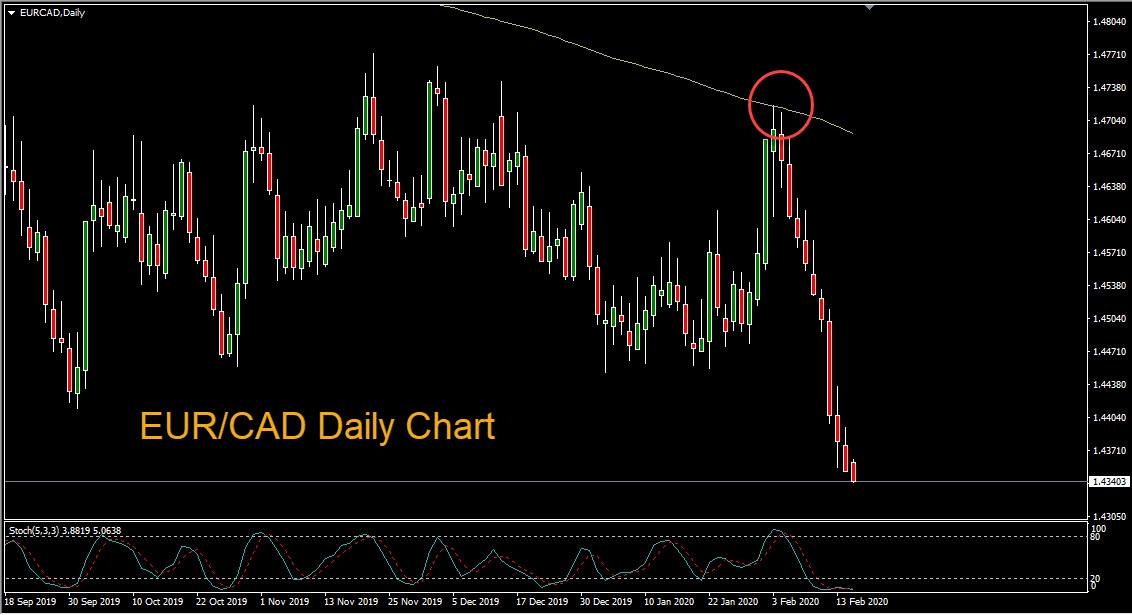EUR/CAD fell to its lowest levels since April of 2017 on Monday, a day lacking in major economic news. The euro has been pressured by lackluster economic data, while Canadian dollar has been supported by rising oil prices.
The euro remained on the back foot against its major rivals on Monday amid enduring concerns over weak economic growth. Figures released last Wednesday showed that euro-area industrial production fell by 2.1%, the most in almost 4 years. German GDP also came in weaker than expected on Friday and reflected that the German economy stagnated at the end of 2019. The market now looks to the release of Tuesday’s German ZEW Economic Sentiment indicator for further clues to the health of the eurozone economy.
Oil prices rose last week as a slowdown in new coronavirus cases began to ease fears over its global economic impact. As of Monday, there were more than 71,000 cases of the disease globally and over 1,700 people have lost their lives, the majority in China’s Hubei province. Rising oil prices will likely continue to lift the Canadian dollar. The Canadian dollar has a positive correlation with crude oil, because Canada is one of the largest oil producing countries in the world.
A slew of key Canadian economic data is due to be released this week, with manufacturing sales on Tuesday, CPI on Wednesday and retail sales on Friday. In January the Bank of Canada (BOC) held its key overnight interest rate at 1.75%, but left the door open to a possible cut in the event of slowing economic growth.
Looking at the EUR/CAD daily chart we can see that price found resistance at the 200-period simple moving average. Monday now marks a potential 10th consecutive day of losses as the pair sinks to multi-year lows. Potential support lies at the prior low of 1.4043, while possible resistance sits overhead at 1.4454.

